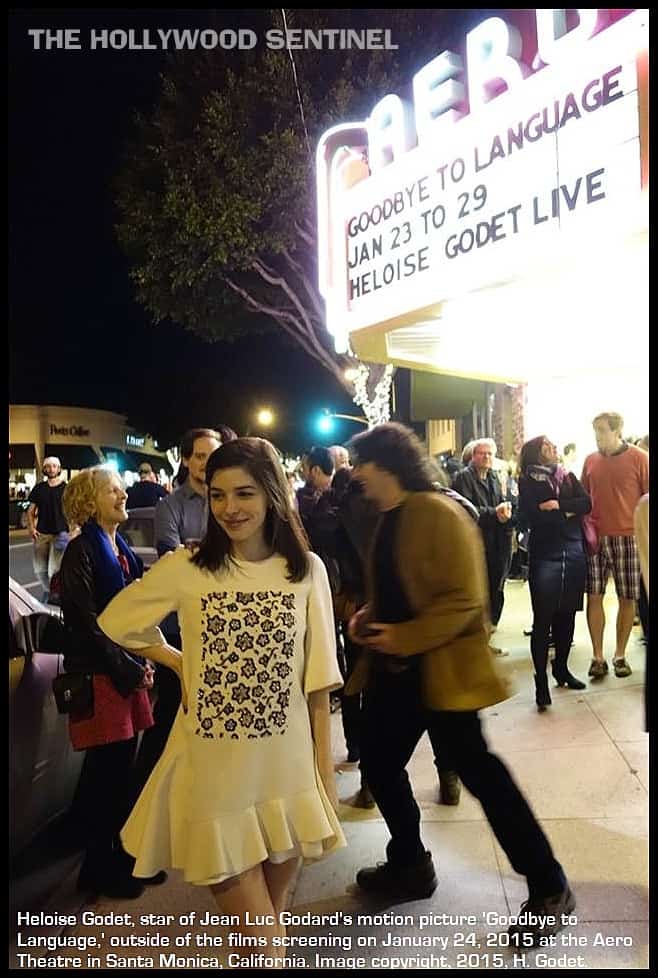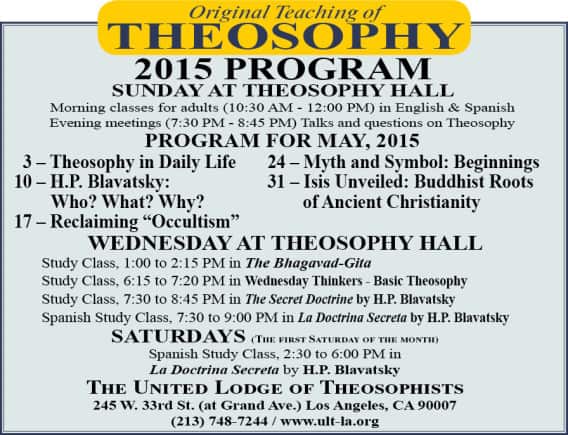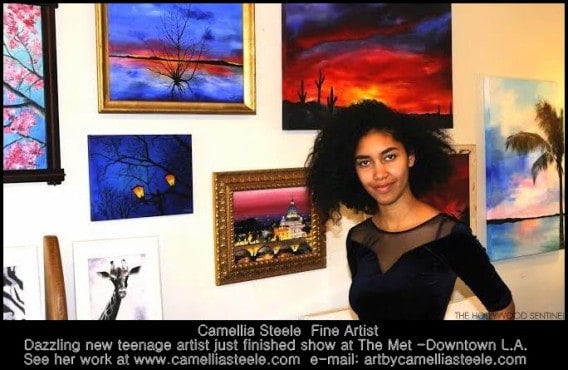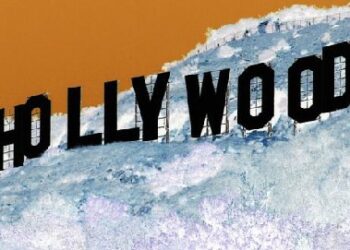
One of the most important filmmakers of all time, Jean Luc Godard has made over 40 feature films, in addition to numerous film shorts, written screenplays, produced, and published his own and others film criticism world wide. He has had a wider influence on audiences and filmmaking than most any other living filmmaker of our time, despite most audiences not even knowing it. The reason for his profound, and often unknown influence, is that he has remained deliberately obscure, independent, and unique, for over 50 years as a filmmaker, yet cinefiles such as known influential directors including Quentin Tarantino, Martin Scorsese, Robert Altman, and many more have studied his work, citing him as a major influence.
One who knows Godard, could easily write a book on Godard, as many have done. I have seen only 30 of his motion pictures. Jean Luc Godard’s greatness is manifold. One of his most powerful contributions to cinema is his daring uses of sound as art, such as having sounds from former scenes cut and overlap into present scenes, having sounds blend together, or having sound disappear entirely for stronger cinematic effect. His infusion of politics and philosophy into cinema is also unique; often having characters discourse or debate politics or philosophy on screen, and at times even reading out of a book of poetry or philosophy right on camera, inter-weaving the message throughout the film. Godard’s reference to and use of fine art in his films are also unique, using artwork not only as a set design piece or a prop, but literally referencing painters within the duologue, or showing characters creating a painting, as they discuss the colors, hues, tones, or feelings that they evoke, blending this too within the film.
Godard’s occasional use of nudity is portrayed as a work of art itself, not gratuitous, but simply there, as a part of life as art for arts sake. Violence in his films are treated as a reality of life, but one that should be avoided yet not ignored. Beauty, art, life, philosophy, women, and love are revered in Godard’s work, while chaos, destruction, government, warfare, and politics are derided as evils to fight or shun. As a former film critic, films are referenced within many Godard films, either blatantly with a poster of a film on the wall or a mention of it, or as an homage to a scene re-created. Light and the camera lens are used artistically as a painting in a Godard film. He may have the cinematographer point the lens directly at the sky as some birds pass by, or simply gaze upon some clouds, trees, or rolling water. Godard puts the emphasis on the aesthetic beauty and power of the object in front of the camera, rather than subverting aesthetics to action or dialogue.
Dialogue itself rolls out in a Godard film like a play, or often times like poetry, with stream of consciousness or nuanced fashion punctuated by a musical score or unique editing technique. Music in a Godard film often is classical; form Mozart to Beethoven or more, providing sweeping waves of emotion as a foreground or background to the scene or dialogue. Editing techniques by Godard are classic New Wave style, cutting long after the end of an action, a shot may linger on a subject no longer doing anything plot related, simply being or doing something ordinary, observing them as Andy Warhol may have done in one of his screen tests, simply letting the subject ‘be there’ and not imposing the time or space of a film on the subject with an ordinary edit. Godard popularized this technique, as well as the jump cut, cutting from one scene to an entirely different one, arguing that the viewer was smart enough to follow the change. This Godardian effect alone revolutionized cinema, with his landmark, groundbreaking debut feature film ‘Breathless,’ which also widely influenced the music video to come years later.
Lastly, Godard revolutionized cinema further still by his use of camera technique. While Hollywood cinema follows a traditional ‘blocking’ technique of focusing on the primary character in either a long shot (LS), medium shot (MS), close up (CU), or extreme close up (ECU), normally at eye level and following the so called Golden Meane; at the upper middle left of the picture plane where the viewers eyesight allegedly first goes, Godard throws this out the window, and may mix up a variety of shots in blended, reverse, or broken sequence that deliberately shock the viewer, or may focus on a secondary character when the primary character is talking, or he may focus on another part of a persons body instead of their face when their mouth is moving, for example. In other words, Godard throws the so called rules of filmmaking away, often doing everything possible a different way, in order to shake up the medium, transgress the art, and enliven the viewer. Poetic, philosophical, and anarchistic with the creation of his motion pictures, Jean Luc Godard is, without debate, one of the most revered and important filmmakers of all time. The Hollywood Sentinel ranks him among the Top 10 Greatest Filmmakers of All Time.
Jean Luc Godard’s feature films include: 1960 Breathless, 1960 Le Petit soldat, 1961 A Woman Is a Woman, 1962 My Life to Live, 1963 Les Carabiniers, 1963 Contempt, 1964 Band of Outsiders, 1964 A Married Woman, 1964 Alphaville, 1965 Pierrot le fou, 1966 Masculin Féminin, 1966 Made in U.S.A., 1967 Two or Three Things I Know About Her, 1967 La Chinoise, 1967 Week End, 1968 Le Gai savoir, 1968 A Film Like the Others, 1968 One Plus One, 1969 Wind from the East, 1969 Struggles in Italy, 1971 Vladimir et Rosa, 1972 Tout va bien, 1974 Here and Elsewhere, 1975 Number Two, 1976 How’s It Going?, 1980 Every Man for Himself, 1982 Passion, 1983 First Name: Carmen, 1985 Hail Mary, 1985 Détective, 1987 King Lear, 1987 Keep Your Right Up, 1990 New Wave, 1991 Germany Year 90 Nine Zero, 1993 The Kids Play Russian, 1993 Oh Woe Is Me, 1994 JLG/JLG – Self-Portrait in December, 1996 For Ever Mozart, 2001 In Praise of Love, 2004 Notre musique, 2010 Film Socialisme, and 2014 Goodbye to Language, his first in 3D.
– Bruce Edwin
Goodbye to Language
Goodbye to Language is a deconstructed film. I have read the filmmaker’s comments about the plot (which were tweeted) and also some of the critical discussion, but I wanted to review the film before being contaminated by those influences in order to have a genuine experience and express it from a blank starting place, taking it on its own as best I could.
Goodbye to Language is the 21st century equivalent of what Guernica was to painting: a film created by a man who loves film so much he wants to destroy it. Vision competes with narrative. The luxury of seeing destroys meaning. It’s a 3-D movie made by an artist of the highest caliber; which is sort of like having a twinkie made by Gordon Ramsey. There was a particular moment of the interior of a room with a window overlooking a summer field that is one of the most singularly striking images I have ever seen in film and reminded me in its ethos of Marcel Duchamp’s enigmatic assemblage Étant donnés: 1. La chute d’eau, 2. Le gaz d’éclairage.
I concluded, sometime after the last credits had rolled, that this was the story of an adulterous couple and jealous murder told through the eyes of the couple’s adopted dog (the dog jumps into their car, they decide to keep him). The dog was played by Godard’s own dog. I believed the dog was the observer because of the non-chronology and the presentation of dialogue, as well as a reference to Jack London and Call of the Wild (which, coincidentally, I had just finished reading).
Godard’s own statements in this regard also include a subplot relating to a second couple, the relation of which to the main couple I don’t think anyone would have understood as fully as Godard’s description, but the film is so experimental that it doesn’t really matter what it is about, and each audience will make sense of it somewhat differently.
– Moira Cue
This content is ©2015, The Hollywood Sentinel.











